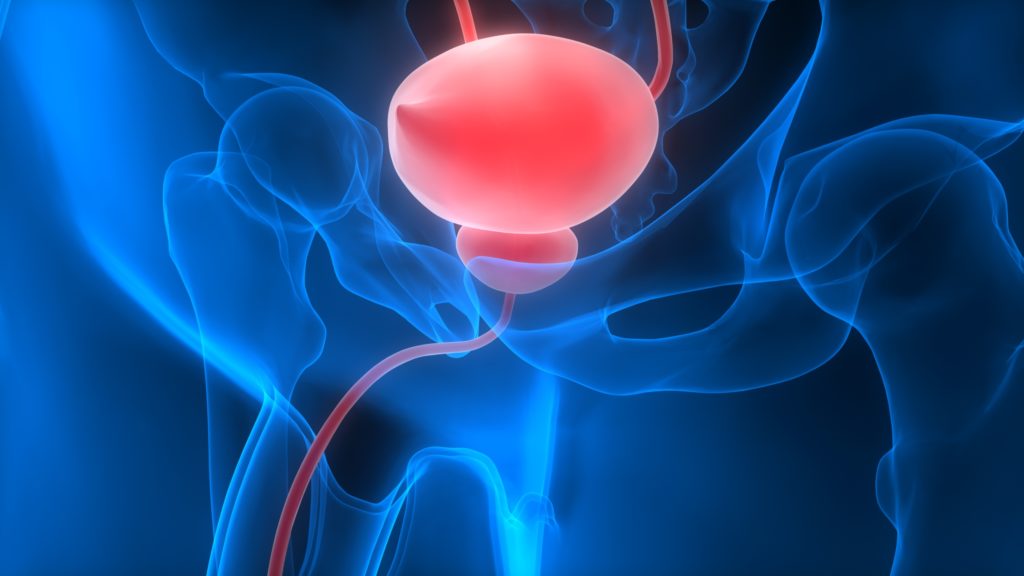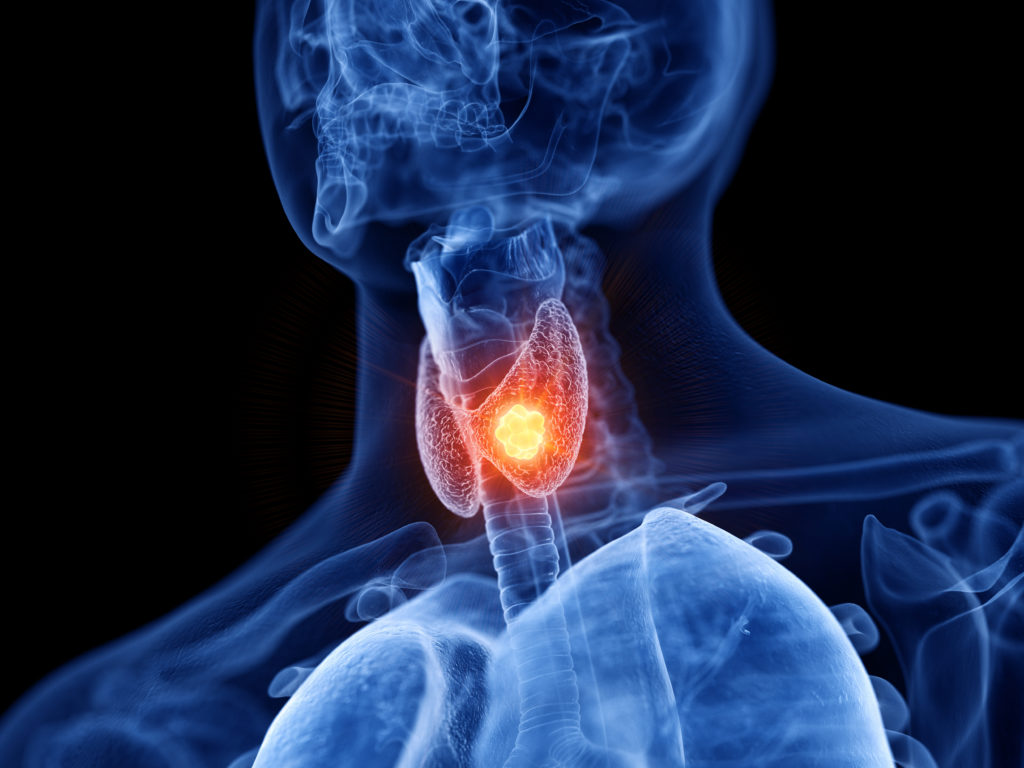Read the 10 most-viewed oncology-focussed papers on Oncotarget.com in 2021.

—
#10: Metformin and berberine, two versatile drugs in treatment of common metabolic diseases
Authors: Haoran Wang, Chen Zhu, Ying Ying, Lingyu Luo, Deqiang Huang, and Zhijun Luo
Institutions: The First Hospital of Nanchang University, Nanchang University and Boston University School of Medicine
Quote: “Metformin has been used as a glucose lowering drug for several centuries and is now a first-line drug for type 2 diabetes mellitus (T2DM). Since the discovery that it activates AMP-activated protein kinase (AMPK) and reduces risk of cancer, metformin has drawn great attentions. Another drug, berberine, extracted from berberis vulgaris L. (root), was an ancient herbal medicine in treating diarrhea.”
Author: Yuri Lazebnik
Institution: Lerna Consulting
Quote: “A distinctive feature of the SARS-CoV-2 spike protein is its ability to efficiently fuse cells, thus producing syncytia found in COVID-19 patients. This commentary proposes how this ability enables spike to cause COVID-19 complications as well as side effects of COVID-19 vaccines, and suggests how these effects can be prevented.”
#8: Physical activity and telomere length: Impact of aging and potential mechanisms of action
Authors: Nicole C. Arsenis, Tongjian You, Elisa F. Ogawa, Grant M. Tinsley, and Li Zuo
Institutions: University of Massachusetts Boston, Texas Tech University and The Ohio State University College of Medicine
Quote: “Based on the significance of telomere length in aging and the need to understand the potential association with physical activity, the purpose of this systematic review is to investigate whether physical activity and exercise influence telomere length and to discuss possible mechanisms of action.”
#7: Hedgehog signaling induces PD-L1 expression and tumor cell proliferation in gastric cancer
Authors: Jayati Chakrabarti, Loryn Holokai, LiJyun Syu, Nina G. Steele, Julie Chang, Jiang Wang, Syed Ahmed, Andrzej Dlugosz, and Yana Zavros
Institutions: University of Cincinnati, University of Cincinnati College of Medicine, University of Cincinnati Cancer Institute, University of Michigan
Quote: “Tumor cells expressing programmed cell death ligand 1 (PD-L1) interact with PD-1 on CD8+ cytotoxic T lymphocytes (CTLs) to inhibit CTL effector function. In gastric cancer, the mechanism regulating PD-L1 is unclear. The Hedgehog (Hh) signaling pathway is reactivated in various cancers including gastric. Here we tested the hypothesis that Hh-induced PD-L1 inactivates effector T cell function and allows gastric cancer cell proliferation.”
#6: cGAS-STING pathway in oncogenesis and cancer therapeutics
Authors: Brandon Yi Da Hoong, Yunn Hwen Gan, Haiyan Liu, and Ee Sin Chen
Institutions: National University of Singapore and National University Health System (NUHS) Singapore
Quote: “The host innate immunity offers the first line of defense against infection. However, recent evidence shows that the host innate immunity is also critical in sensing the presence of cytoplasmic DNA derived from genomic instability events, such as DNA damage and defective cell cycle progression. This is achieved through the cyclic GMP-AMP synthase (cGAS)/Stimulator of interferon (IFN) genes (STING) pathway. Here we discuss recent insights into the regulation of this pathway in cancer immunosurveillance, and the downstream signaling cascades that coordinate immune cell recruitment to the tumor microenvironment to destroy transformed cells through cellular senescence or cell death programs.”
#5: Anti-aging: senolytics or gerostatics (unconventional view)
Author: Mikhail V. Blagosklonny
Institution: Roswell Park Cancer Institute
Quote: “Based on lessons of cancer therapy, here I suggest how to exploit oncogene-addiction and to combine drugs to achieve selectivity. However, even if selective senolytic combinations will be developed, there is little evidence that a few senescent cells are responsible for organismal aging. I also discuss gerostatics, such as rapamycin and other rapalogs, pan-mTOR inhibitors, dual PI3K/mTOR inhibitors, which inhibit growth- and aging-promoting pathways.”
Authors: Gennady M. Zharinov, Oleg A. Bogomolov, Irina V. Chepurnaya, Natalia Yu. Neklasova, and Vladimir N. Anisimov
Institutions: N.N. Petrov National Medical Research Center of Oncology
Quote: “The antitumor and immunomodulating activities of melatonin are widely known. These activities are based upon the multifactorial mechanism of action on various links of carcinogenesis. In the present paper, the long-term results of the clinical use of melatonin in the combined treatment of patients with prostate cancer of various risk groups were evaluated.”
#3: Scent test using Caenorhabditis elegans to screen for early-stage pancreatic cancer
Authors: Ayumu Asai, Masamitsu Konno, Miyuki Ozaki, Koichi Kawamoto, Ryota Chijimatsu, Nobuaki Kondo, Takaaki Hirotsu, and Hideshi Ishii
Institutions: Osaka University and Hirotsu Bio Science Inc.
Quote: “Although early detection and diagnosis are indispensable for improving the prognosis of patients with pancreatic cancer, both have yet to be achieved. Except for pancreatic cancer, other cancers have already been screened through scent tests using animals or microorganisms, including Caenorhabditis elegans.”
#2: Inflammatory responses and inflammation-associated diseases in organs
Authors: Linlin Chen, Huidan Deng, Hengmin Cui, Jing Fang, Zhicai Zuo, Junliang Deng, Yinglun, Xun Wang, and Ling Zhao
Institution: Sichuan Agricultural University
Quote: “Here, we review inflammatory responses within organs, focusing on the etiology of inflammation, inflammatory response mechanisms, resolution of inflammation, and organ-specific inflammatory responses.”
#1: The goal of geroscience is life extension
Author: Mikhail V. Blagosklonny
Institution: Roswell Park Cancer Institute
Quote: “Although numerous drugs seemingly extend healthspan in mice, only a few extend lifespan in mice and only one does it consistently. Some of them, alone or in combination, can be used in humans, without further clinical trials.”
Click here to read the latest papers published by Oncotarget in Volume 13.
ONCOTARGET VIDEOS: YouTube | LabTube | Oncotarget.com
—
Oncotarget is a unique platform designed to house scientific studies in a journal format that is available for anyone to read without a paywall making access more difficult. This means information that has the potential to benefit our societies from the inside out can be shared with friends, neighbors, colleagues, and other researchers, far and wide.
For media inquiries, please contact media@impactjournals.com.








